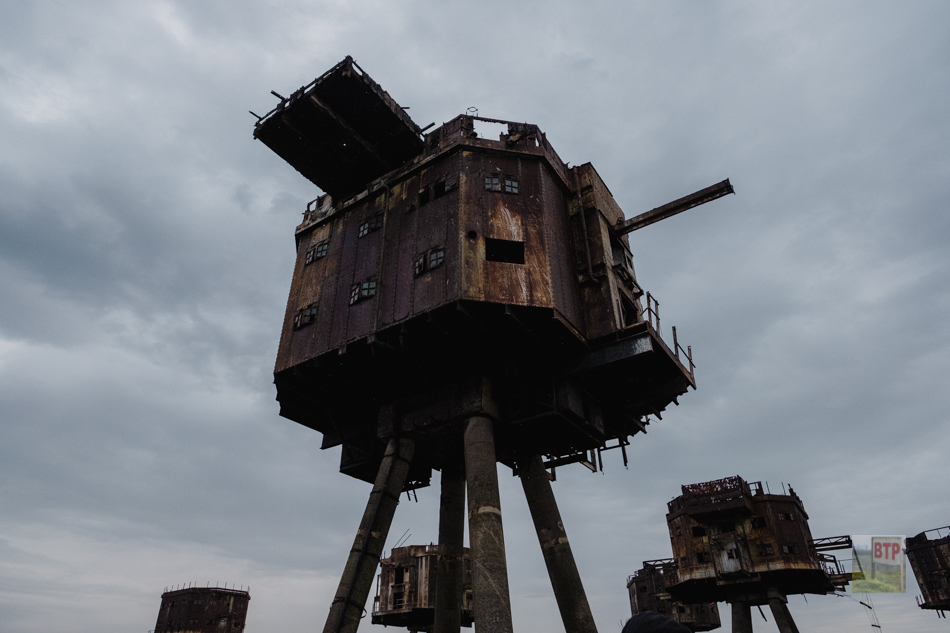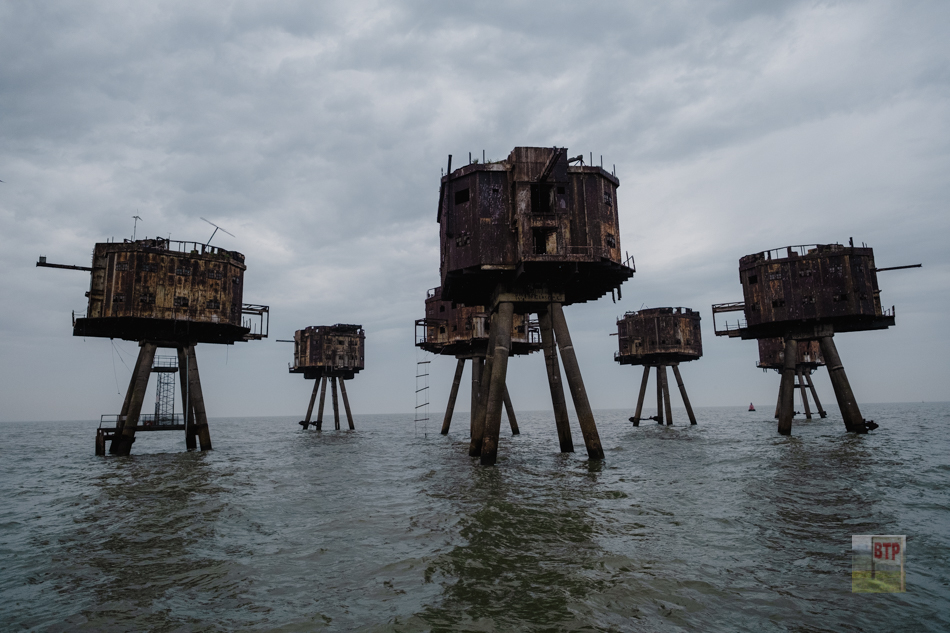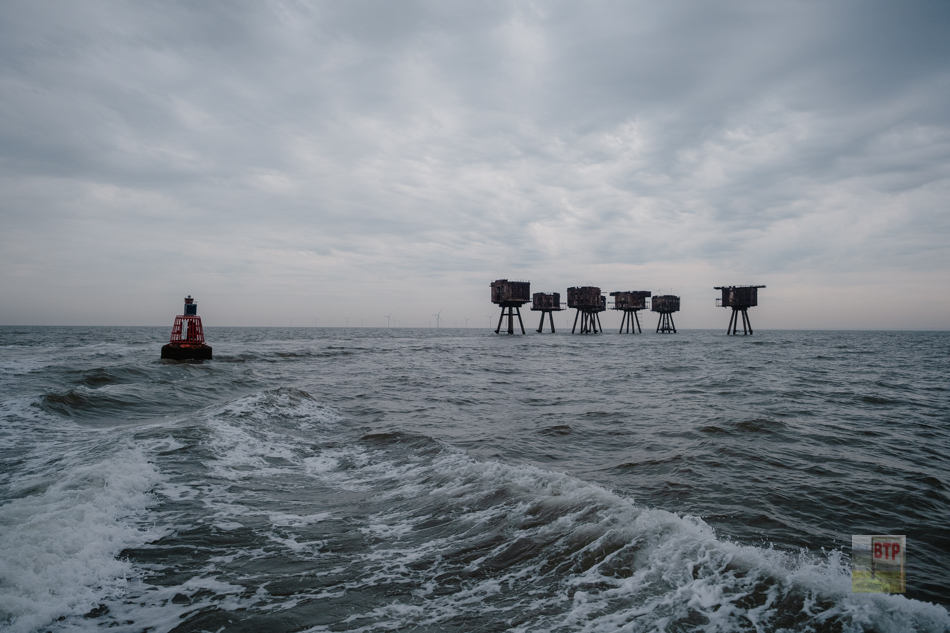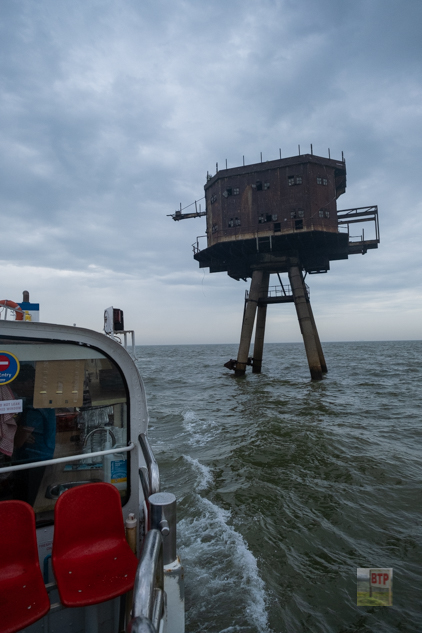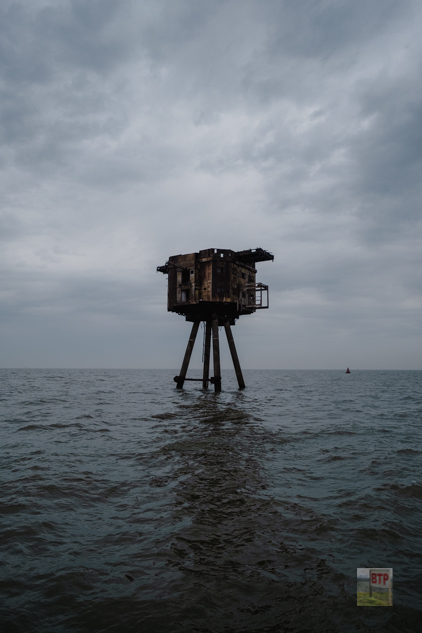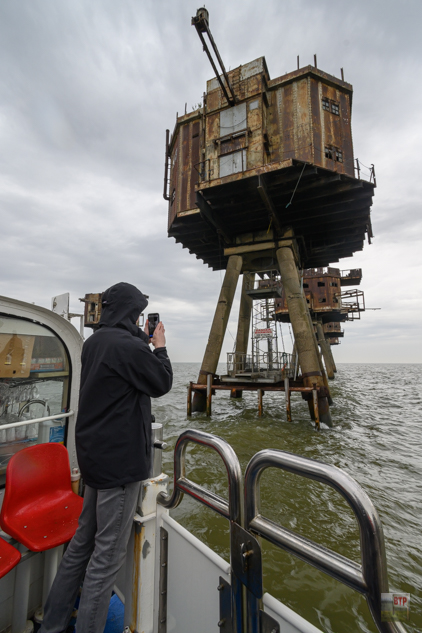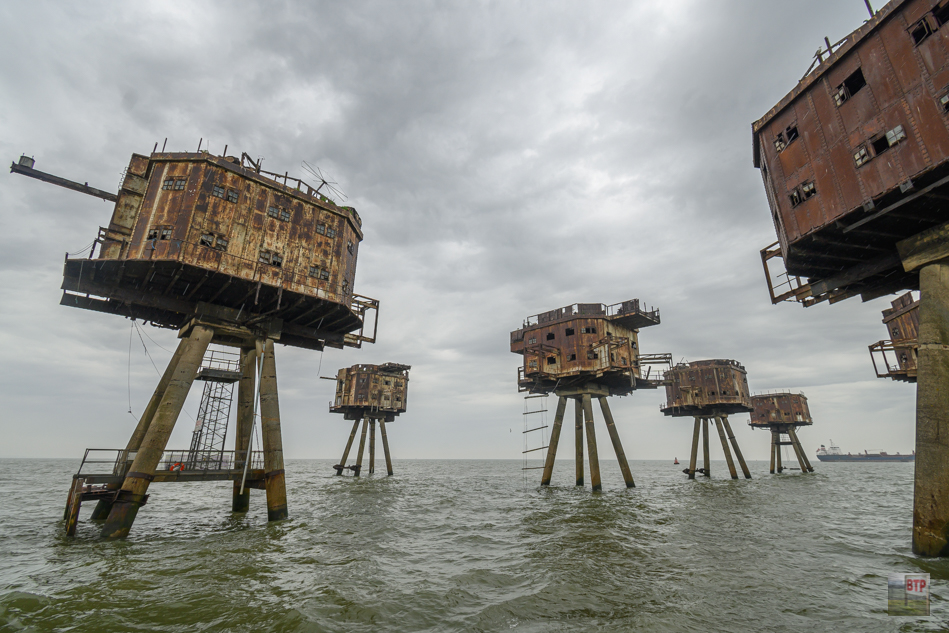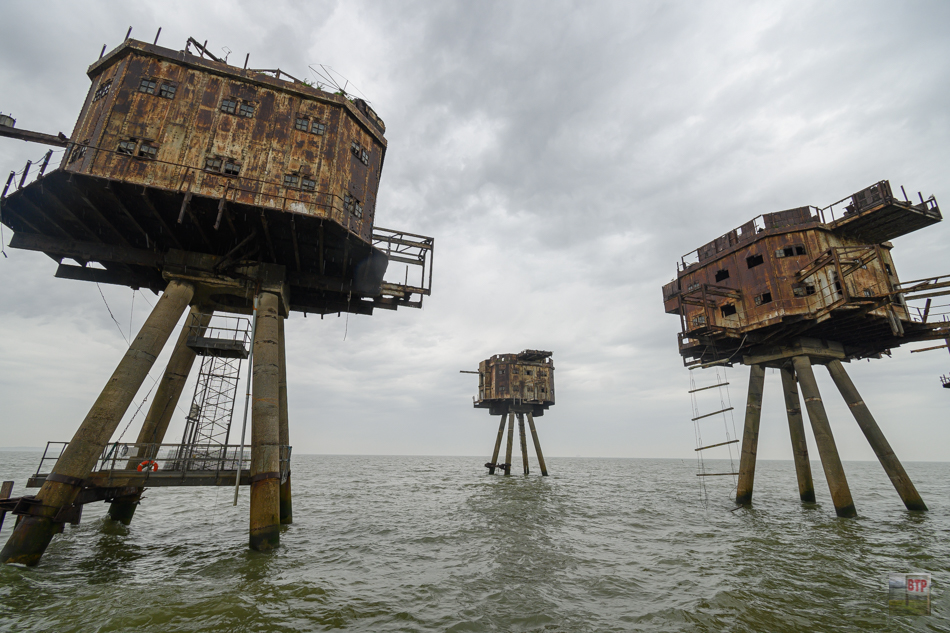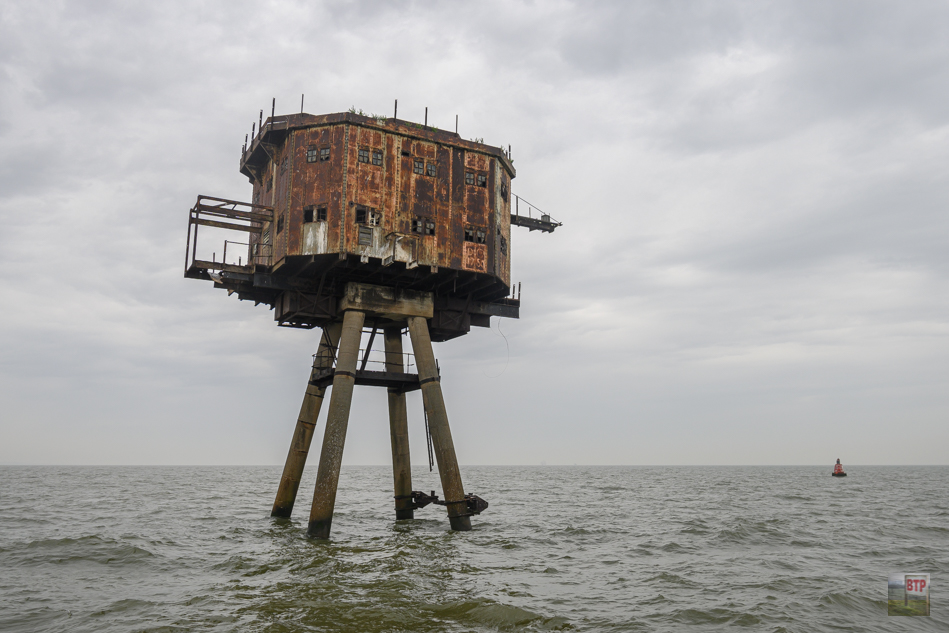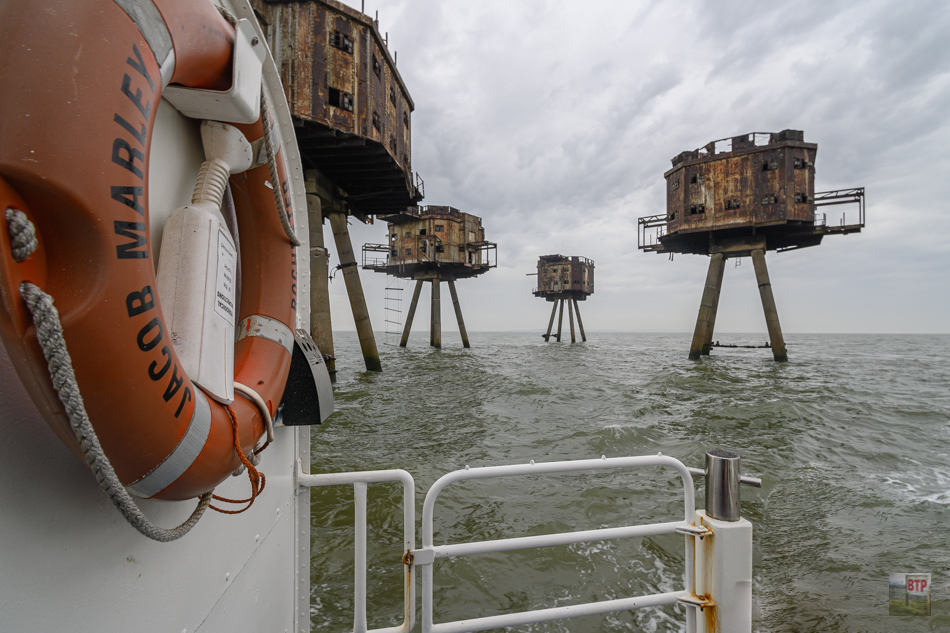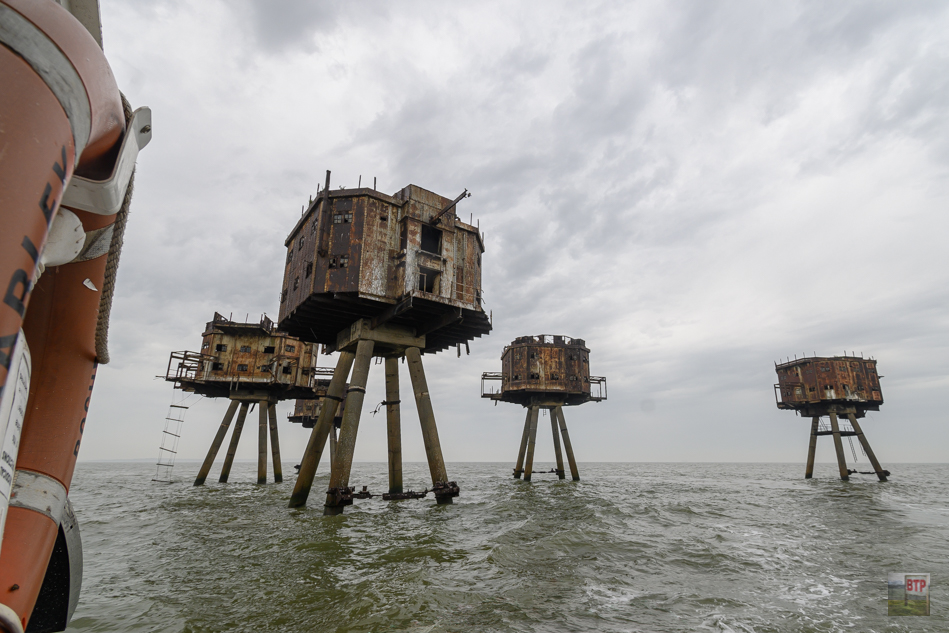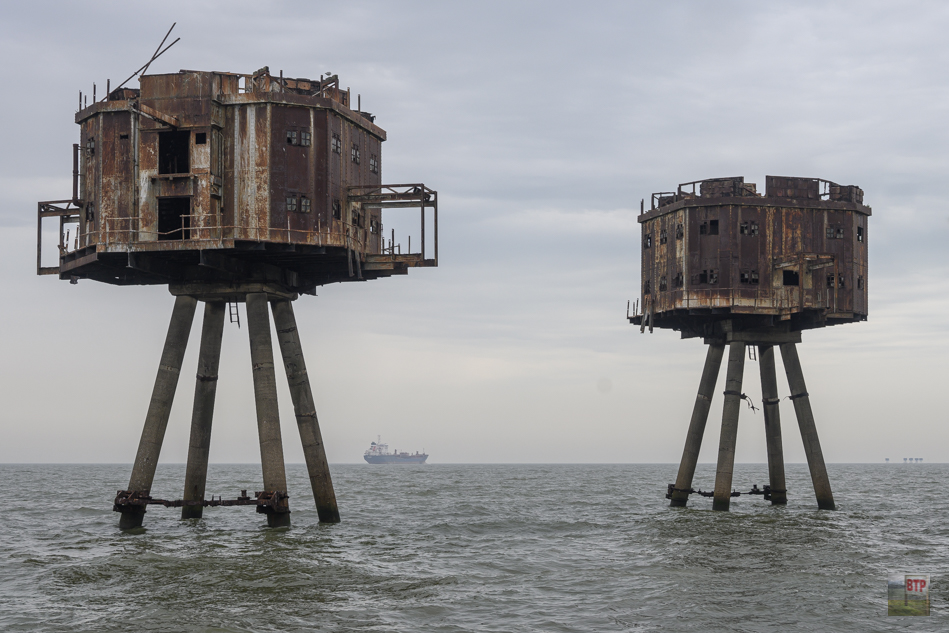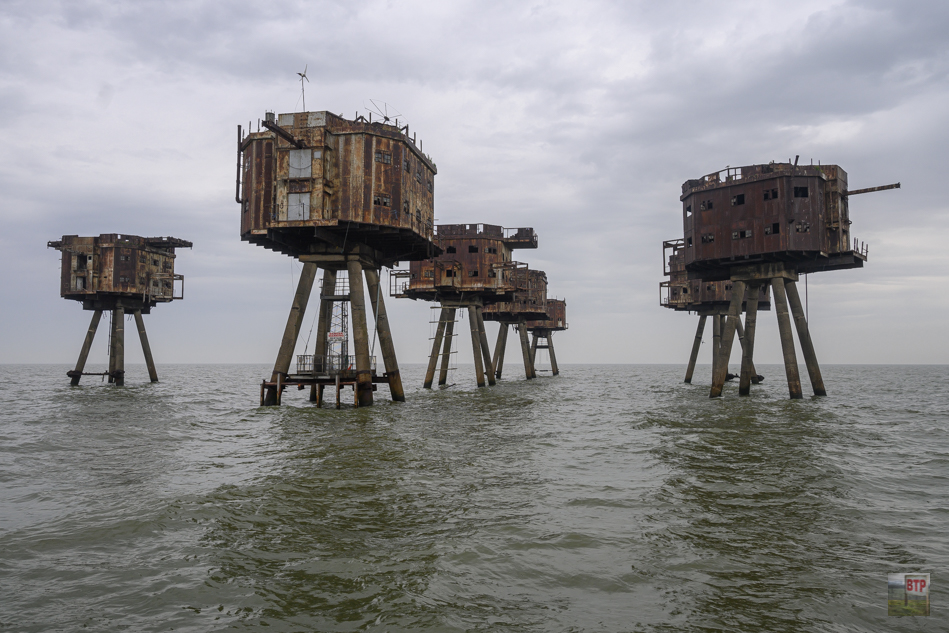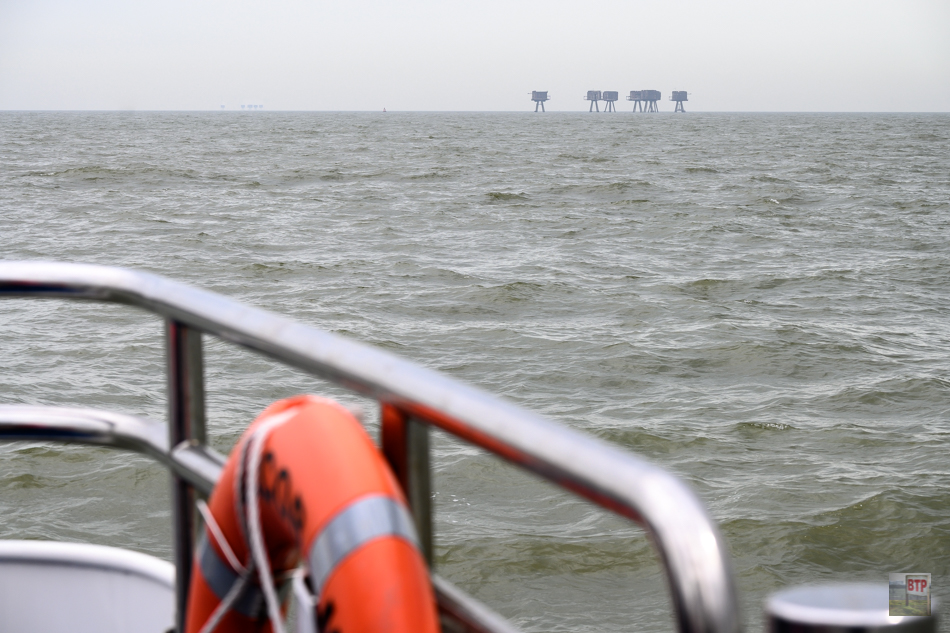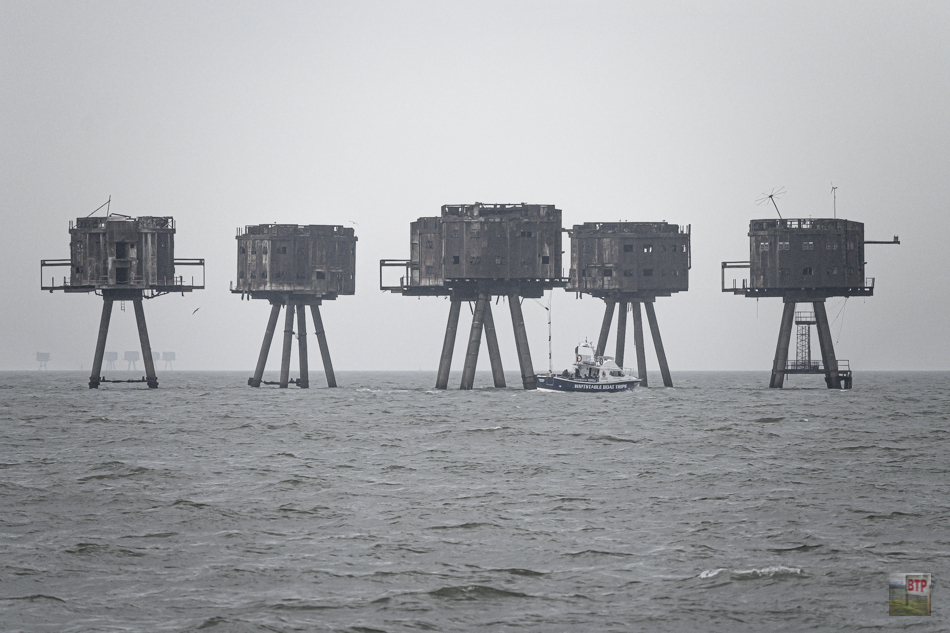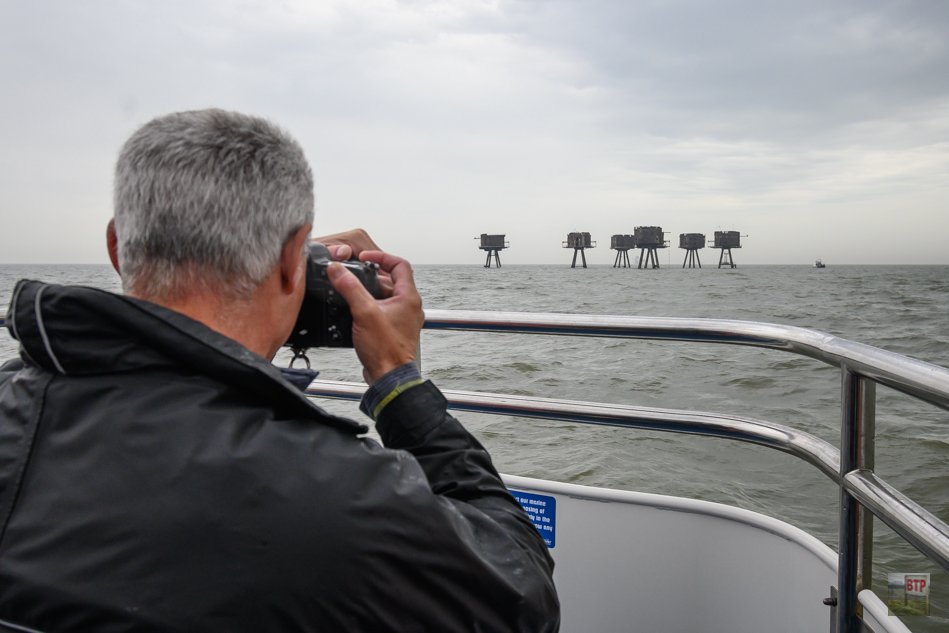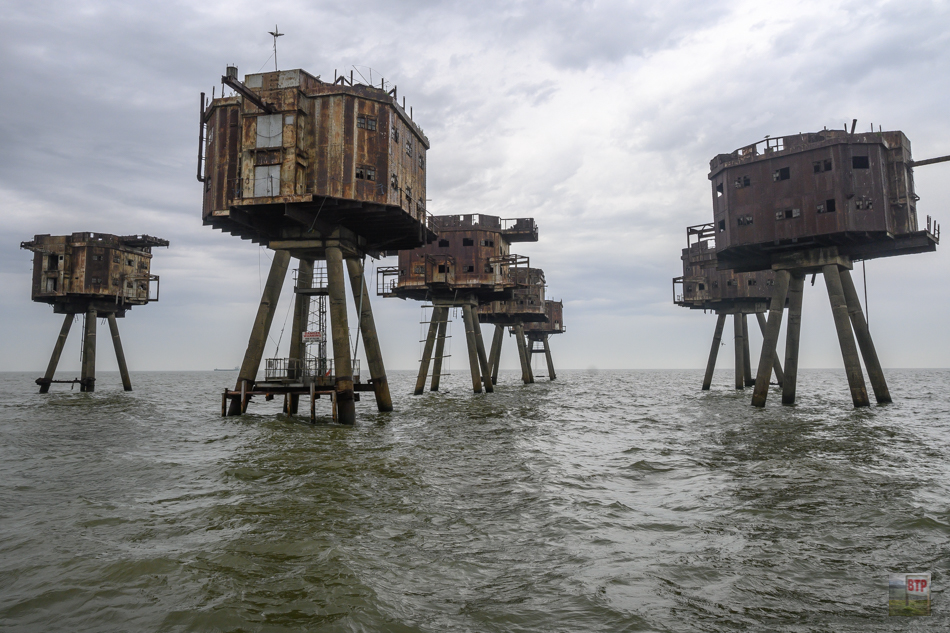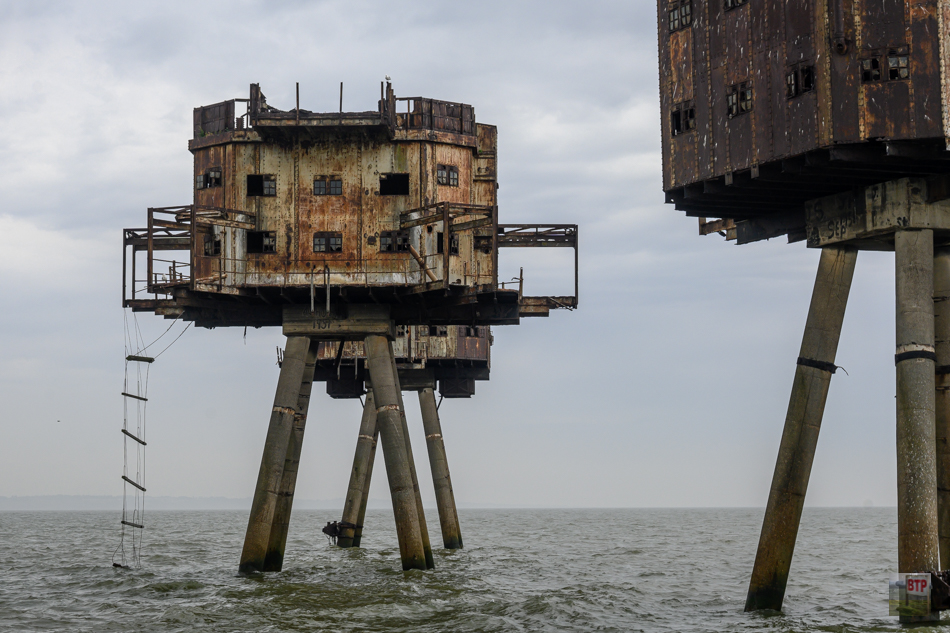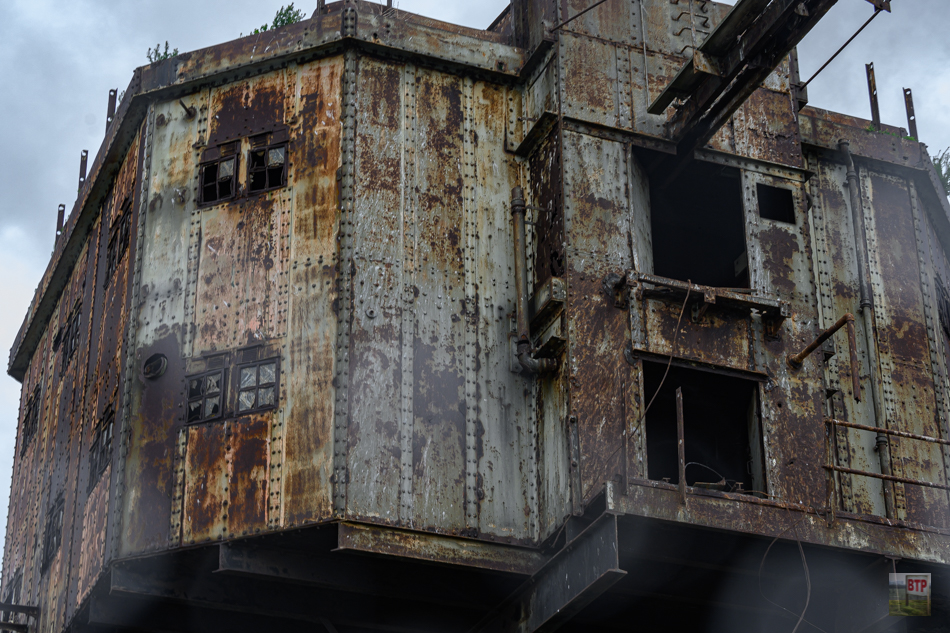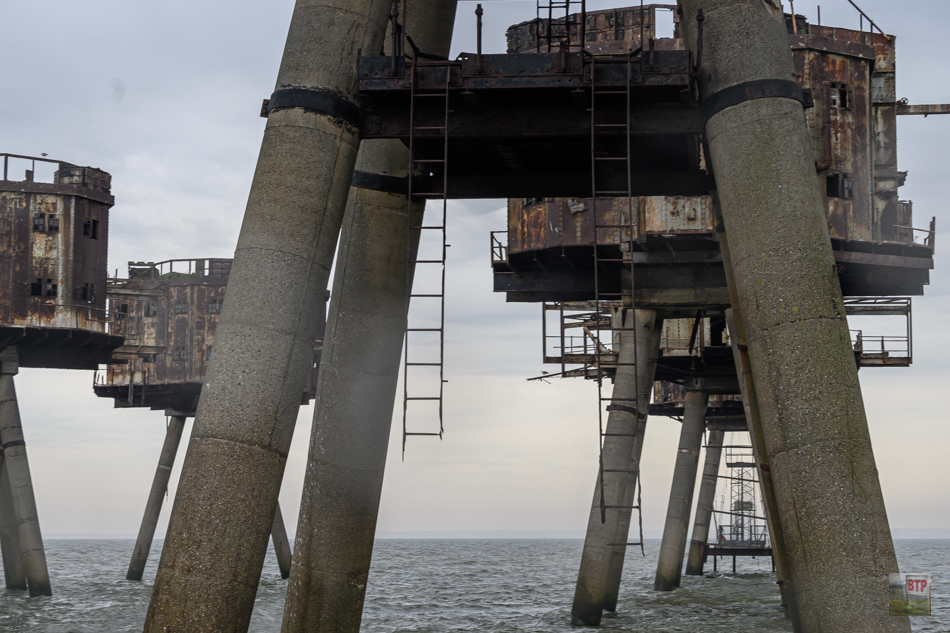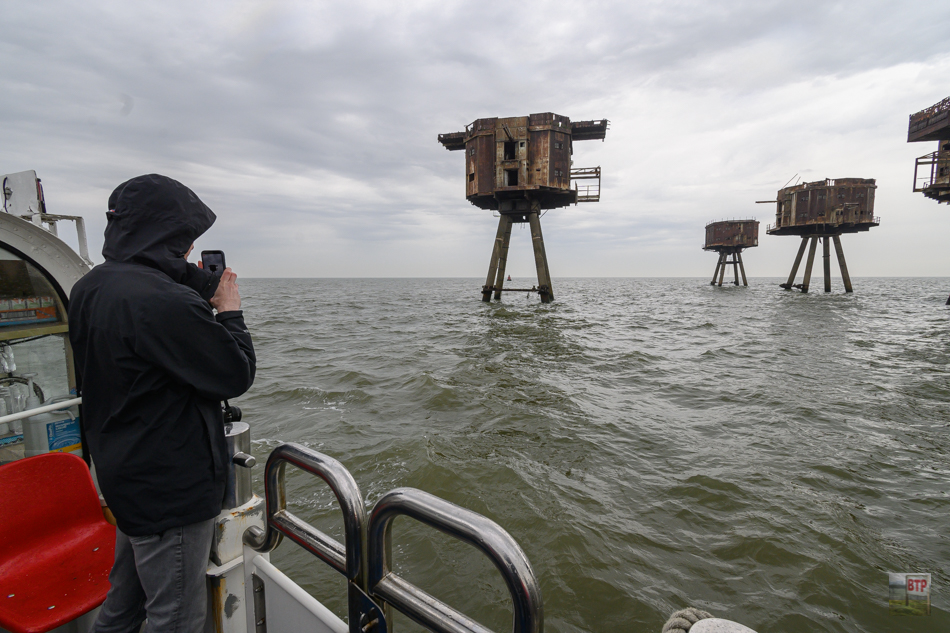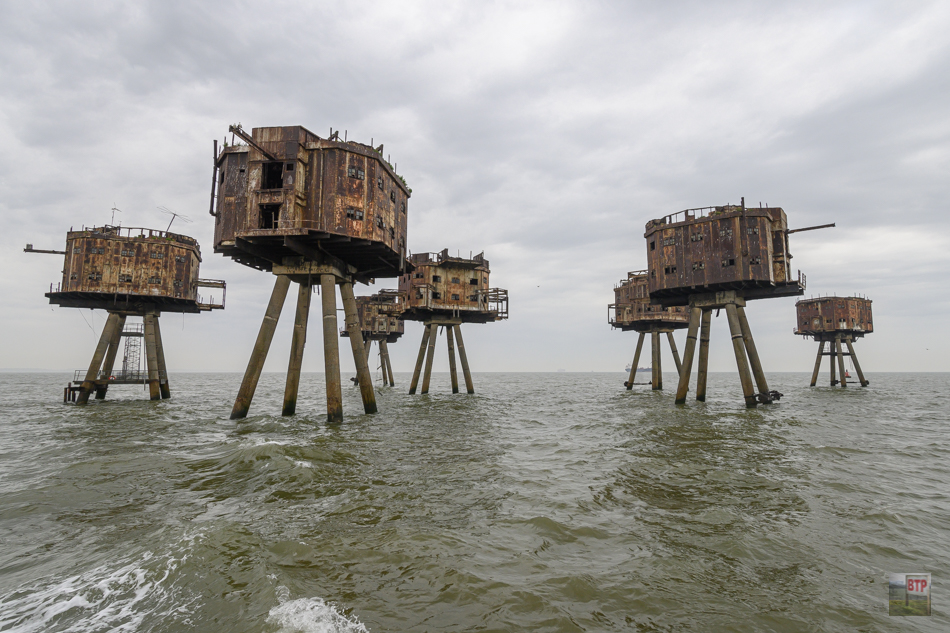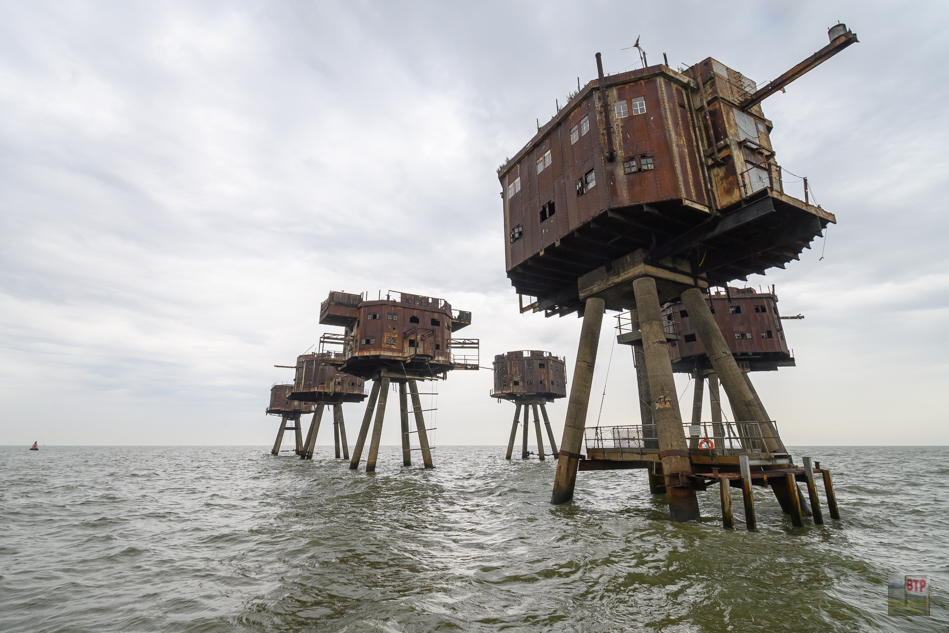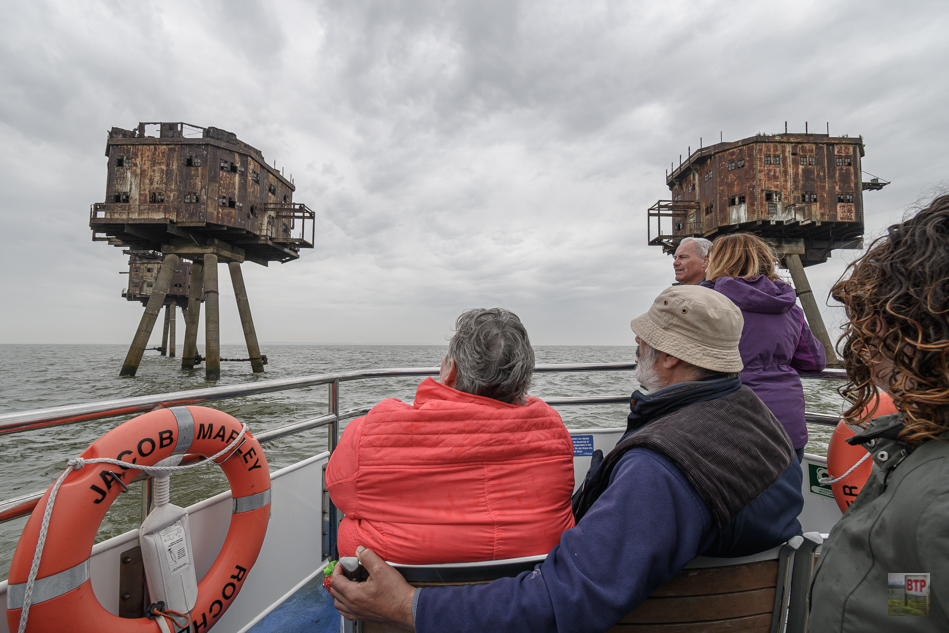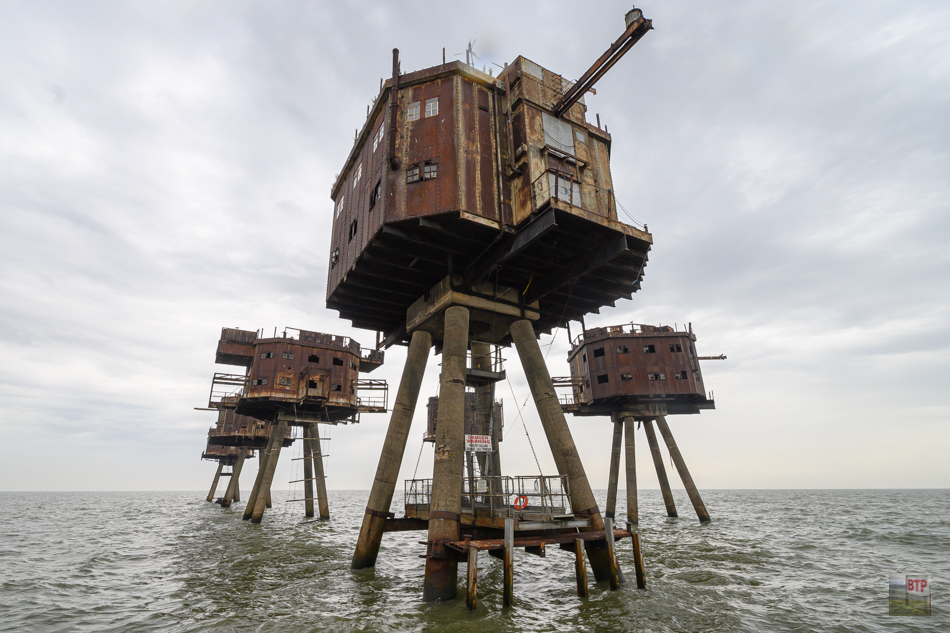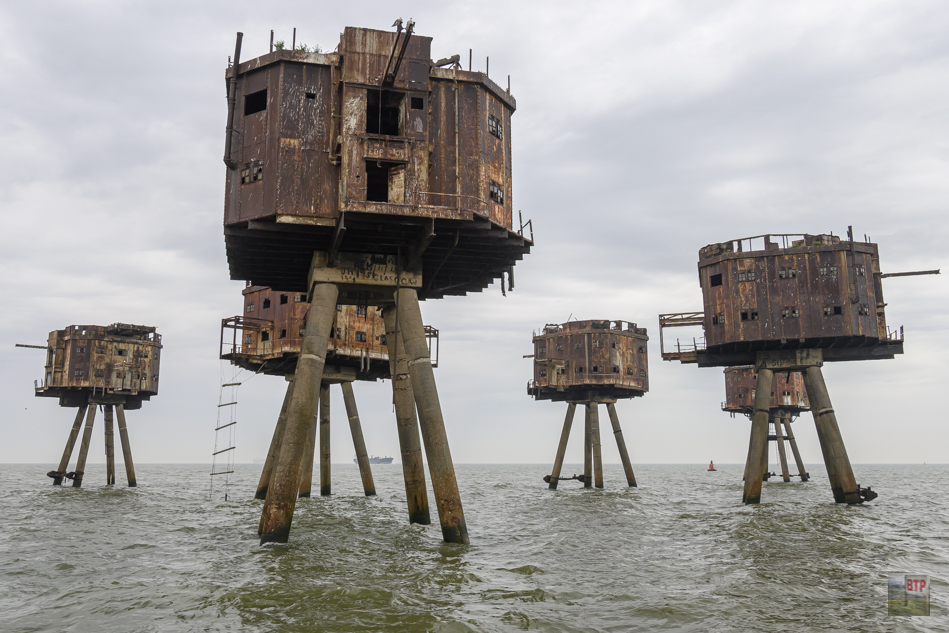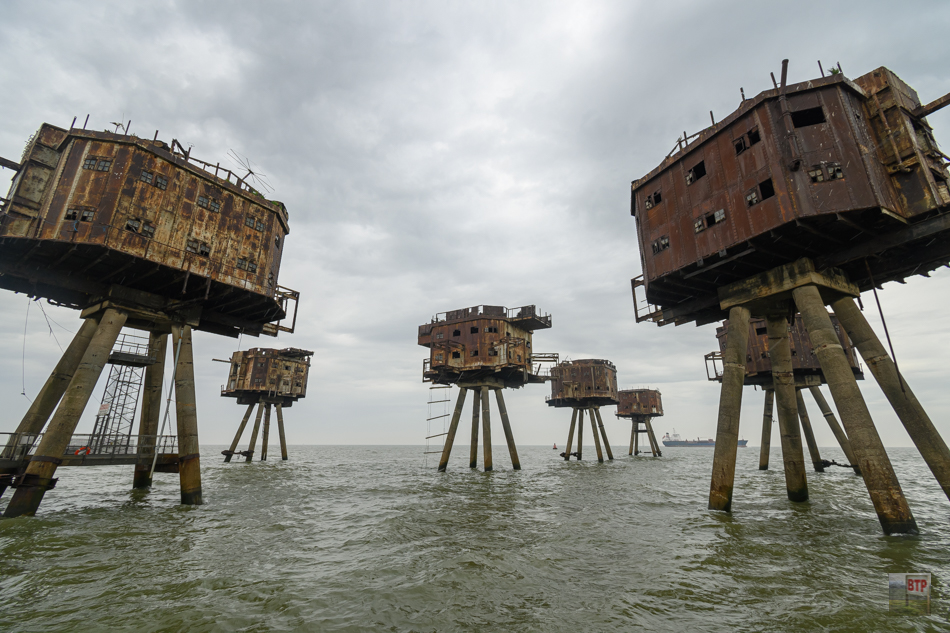At the outbreak of World War II, the Port of London was the busiest port in the world. As such, a large proportion of supplies to the UK entered by ships navigating the Thames. The German Navy quickly sought to put a stranglehold on this route, and to this end, utilised a new secret weapon – the magnetic influence mine. Whilst there were different variants of this mine, in simplistic terms, the mine was detonated by the presence of a large magnetic object – such as a steel hulled ship – passing in close proximity, without having to make physical contact. So successful was this that in the first few months of the war, over one hundred ships were sunk in the Thames Estuary alone. It was clear that urgent action was needed to stem these losses, and as most mines were laid by aircraft, ships were requisitioned and used as mobile anti aircraft units. However, this was not altogether successful, and a more satisfactory solution was needed. In the early years of the war, Guy Maunsell, a civil engineer, had produced plans for offshore defences.
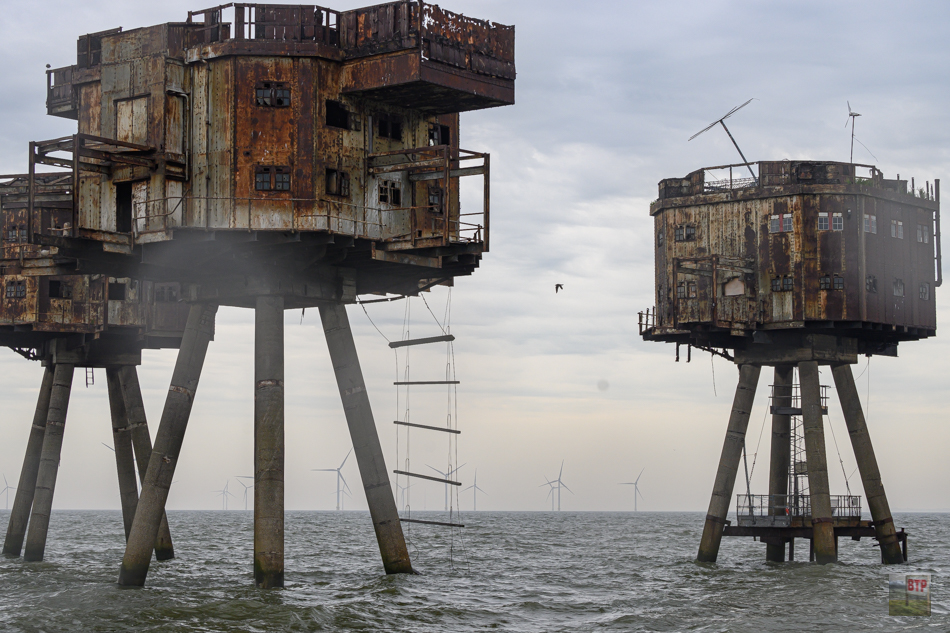
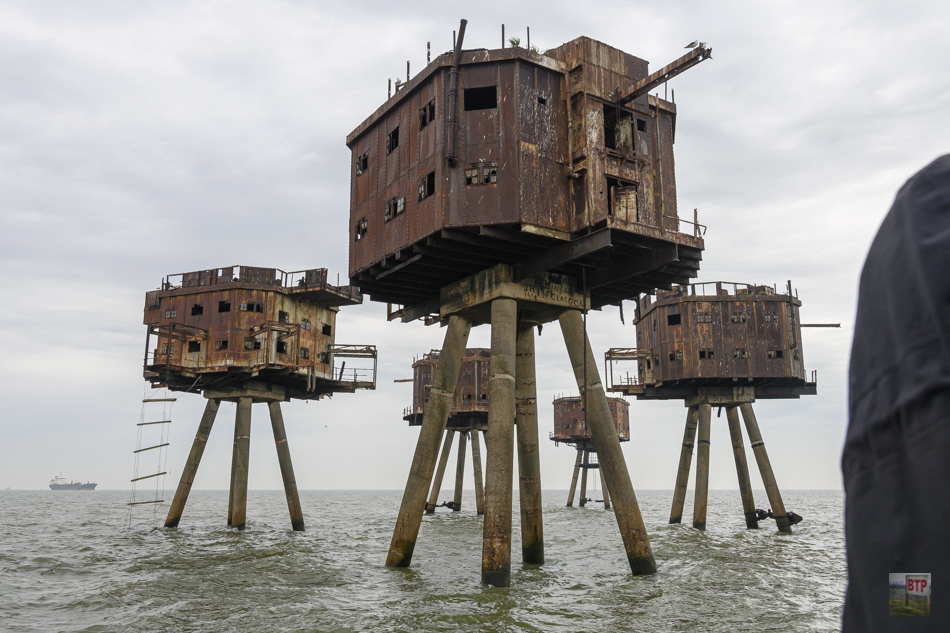
At the time his ideas were considered somewhat eccentric, but he was asked to submit plans for an offshore fort as an effective means of dealing with the laying of the mines. Plans were drawn up, and after some modification, approval was given for the manufacture and installation of four offshore forts. These were of mainly reinforced concrete construction, built on land on a lozenge shaped reinforced base, and towed out to sea where they were sunk onto the seabed.
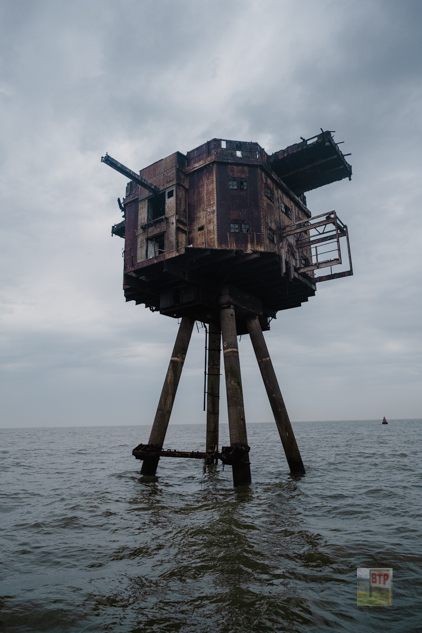

The Naval forts, such as the one which today is the Principality of Sealand, each accommodated approximately 120 men, housed mainly within seven floors of the 24’ diameter twin reinforced concrete legs. They were all placed in position between six and twelve miles offshore between February and June, 1942 and became operational immediately. The other type of fort built more commonly was that which consisted of individual buildings on stilts connected by walkways. These essentially formed Heavy Anti-Aircraft batteries within the sea.
After the war the forts were placed on ‘care and maintenance’. However as the need for their continued use diminished, they were abandoned, and the guns removed from the Army forts, in 1956. The Nore fort was dismantled in 1959 being considered a hazard to shipping (two towers were lost following a collision in 1953 whilst another in 1963). In 1964, Radio Caroline began broadcasting from a ship moored outside UK Territorial Waters.
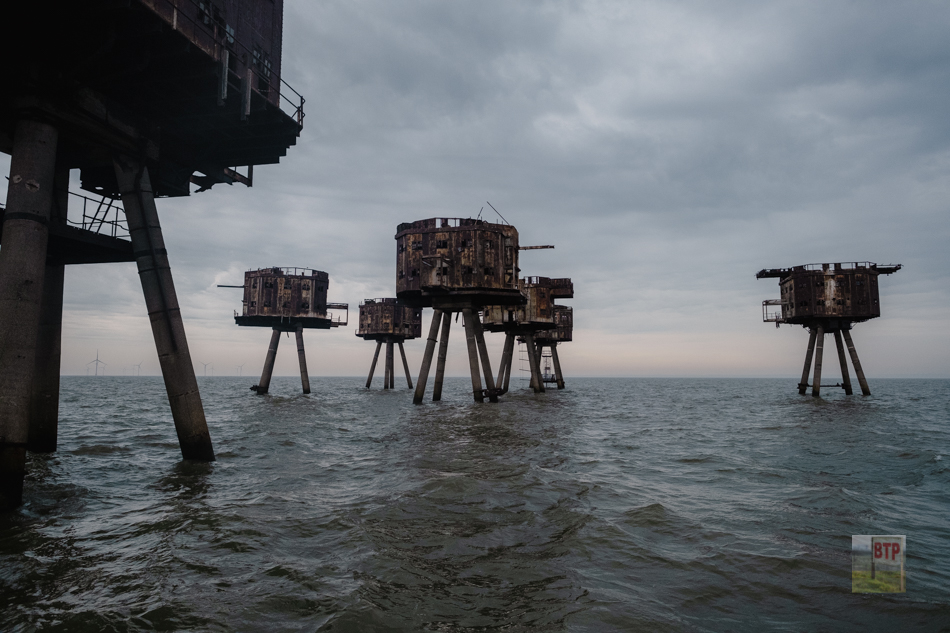
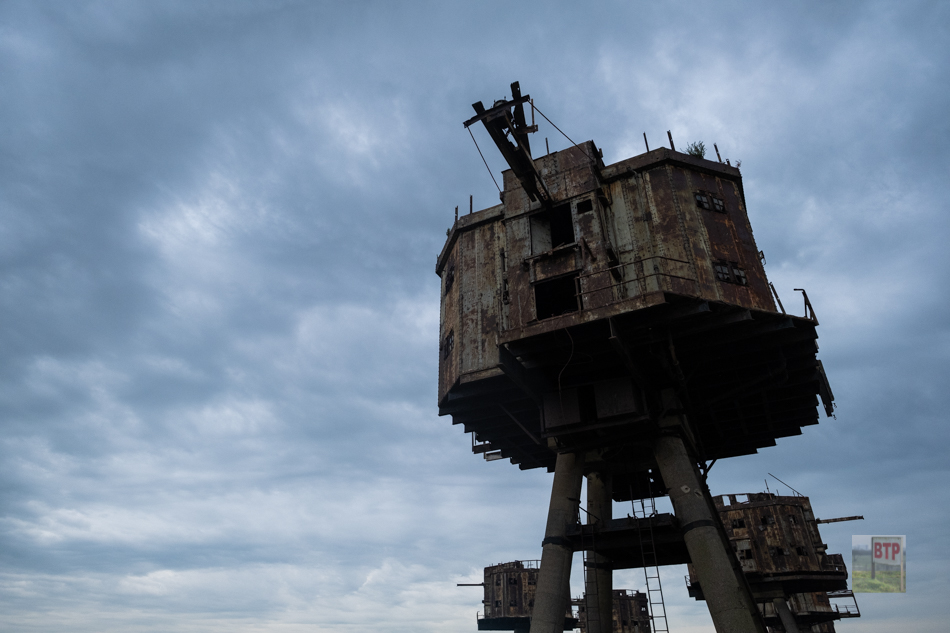
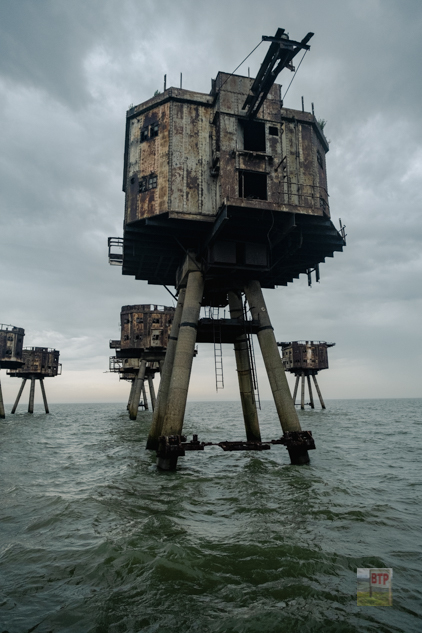
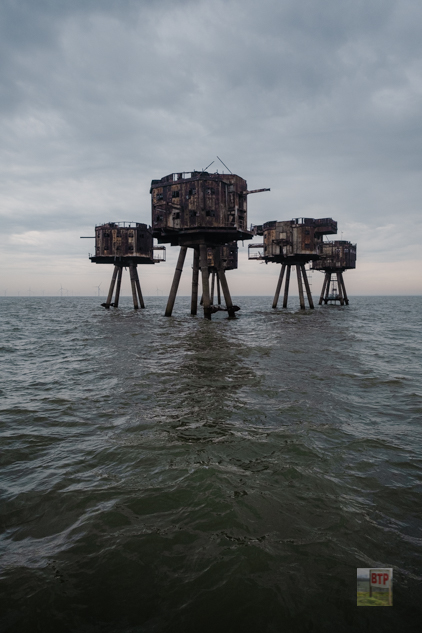
Four of the forts survive, abandoned since they were decommissioned in the 1950s. Each played host to pirate radio stations in the 1960s. Since this time, Roughs has been occupied by the founder of Radio Essex, Roy Bates, who in 1967 declared the fort an independent state: The Principality of Sealand. Its independence is not recognised and as with all the Maunsell forts, it is still considered UK territory (though this is often disputed). In 2007, there was talk of The Pirate Bay relocating to Roughs, in a bid to take advantage of its disputed territory claim and get around toughened copyright law in Sweden. This fell through. The plans can be seen in the galleries below.
The closest of the two sets of surviving Army forts is Red Sands Fort, which is looked after by Project Redsand, a group of enthusiasts with the aim of reinstating it to its original built condition. Having had an underwater survey carried out by the Port of London Authority at a cost of around £5,000, work has progressed to installing a new access system to the G1 tower thanks to the generosity of Mowlem Marine (now Carillion) of Northfleet. Built at a cost of approximately £40,000, the access system enables project members to board the tower to commence restoration. The more distant Army fort which survives is Shivering Sands, although this is completely abandoned.
Some photos of the forts from 1943 can be viewed here.
Maunsell Fort Plans

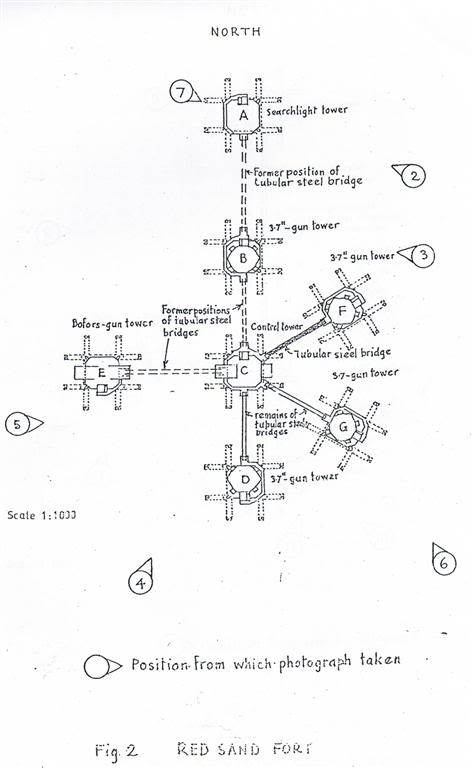

Photographs from 2022 Trip
In May 2022 we went on a Jetstream Tour of the forts, which was reasonably priced at £25 each. The 3-hour tour took us from Southend Pier, around the forts and back via the SS Montgomery wreck – something we would recommend doing.
